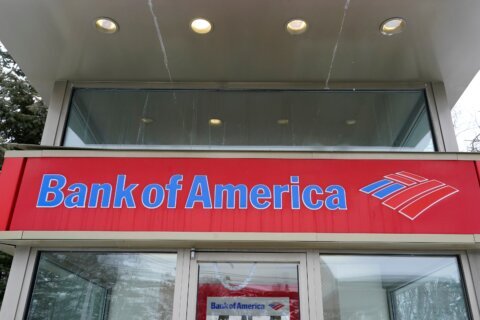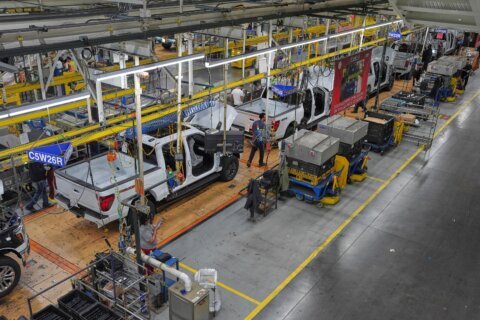WASHINGTON — Mattress-in-a-box companies are looking to broaden their direct-to-consumer business model through partnerships with retailers. The latest development is a new deal for Virginia Beach, Virginia-based Leesa Sleep.
Leesa’s newest partnership is with Pottery Barn, which is now selling Leesa’s mattress line on the Pottery Barn website. It follows an earlier deal for Leesa to sell its mattresses in West Elm stores.
Both Pottery Barn and West Elm are owned by Williams-Sonoma, Inc.
The West Elm deal for Leesa addresses one of the problems with buying something as personal as a mattress without first seeing it in person. While the mattress still ships, shoppers can get an in-person look and feel at West Elm stores that are part of the Leesa deal.
“If you go into a West Elm store for example, the way you receive that product is where the innovation comes in. It still comes compressed in a box and we ship it to your home,” Leesa co-founder and CEO David Wolfe told WTOP.
Leesa replaced Casper mattresses in West Elm stores.
Led by investment company One Better Ventures, Leesa raised $23 million this summer to expand into traditional retail sales. Leesa’s previous backers include celebrities Jimmy Kimmel and Kate Hudson. Michael Phelps signed on as a company spokesman last year.
For Leesa, the West Elm and Pottery Barn partnerships are particularly fitting.
Leesa donates one mattress to homeless shelters and charitable organizations for every 10 mattresses it sells.
Like Leesa, West Elm has a social impact component to its business, selling sustainable, fair trade products. Pottery Barn also promotes its commitment to responsible retail practices.
The $15 billion U.S. mattress industry has been upended in recent years, not just by the new wave of direct-to-consumer bed-in-a-box players, but by traditional names such as Tempur-Sealy International and Serta Simmons with improved Sleep Number and adjustable beds.
There are options that range from hundreds of dollars, to thousands of dollars for high-end mattresses.
The mattress itself has gotten a lot better too.
Two decades ago, memory foam technology changed the mattress landscape, offering a better night’s sleep, but it came at a cost. Its heat-retaining properties made them hot. Wolfe said use of newer construction techniques has solved that problem.
“So what has happened is there has been innovation with high-performance foams that go on top of the layer of memory foam. That really stop[s] the heat [from] going through, allows air flow and also gives you a little bounce so you don’t have that sinking feeling” Wolfe said.








